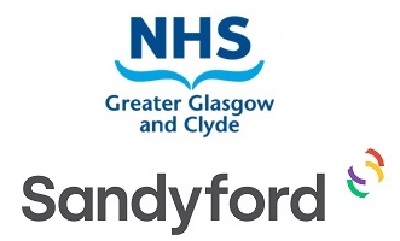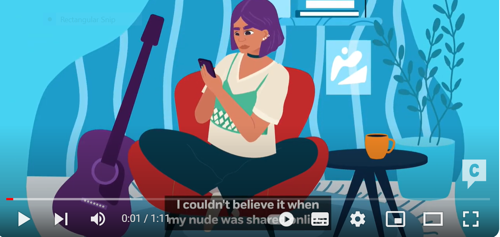Each child will be different and may not present as their chronological age because of past experiences or additional needs. (8) Therefore, you may need to use language and resources from other age/stage sections of this toolkit.
All children should learn about the changes at puberty for both boys and girls, to help understand what is happening to them and to their peers.
- Most girls will have started puberty and most boys also start puberty now. Their testicles and penis begin to grow, as does their underarm and pubic hair. A growth spurt ensues. Their voice becomes deeper and facial hair starts to grow. Boys have their first ejaculation at the age of 13 (on average), which is a sign that they are sexually mature.
- Girls also continue to develop. They have already had a growth spurt and now develop underarm and pubic hair. The average age for girls to have their first menstrual period is 12 yrs, indicating that they are sexually mature and could become pregnant.
- Wet dreams may be experienced by both girls and boys. Masturbation may increase, for both boys and girls.
- Adolescents can be very unsure about the growth of their bodies: “is it normal?”, “are they developing too slowly compared with others the same age?”
- Adolescents have to get used to their “new body”, often feeling embarrassed and uncomfortable.
- Some young people consider their gender identity more at this stage and how they want to express this to others. Some young people will identify as transgender . See A-Z LGBTQ+
- Puberty can be a distressing time for transgender and non-binary young people, who may feel even more out of place in their own body than they did before puberty changes started. In addition to open discussion and support from staff and carers, it may be helpful to have some discussion with a GP. Some young people will find peer support helpful; carers can connect them in with one of the support groups run by LGBT Youth.
 Groups and Support LGBT Youth
Groups and Support LGBT Youth - Changes occur in the “biological clock” during adolescence. As a result, teenagers have a natural tendency to fall asleep later and to wake up later. This is a contributing factor to feelings of tiredness during the day, which can increase during growth spurts. (4)
- Young people develop a sexual self-image: they see themselves as someone who can have sex, which is why it is important for them to be attractive. Since they are often unsure about their own body, they are often equally unsure about how attractive they are (to a potential partner).
- Young people of this age are frequently very sensitive to the opinion of others: they can be influenced by their peers.
- They also start finding people of the same age sexually attractive.
- Young people gradually find out who they are attracted to and if they identify themselves as lesbian, gay, bisexual, straight (or other terms).
- They often truly fall in love for the first time.
- They flirt with one another and have their first relationships.
- More experience with kissing and caressing; petting.
- 97% of children at this stage have a mobile phone and this is the main way they go online. (2)
- By age 13, 50% of young people will have seen pornography. (3)


